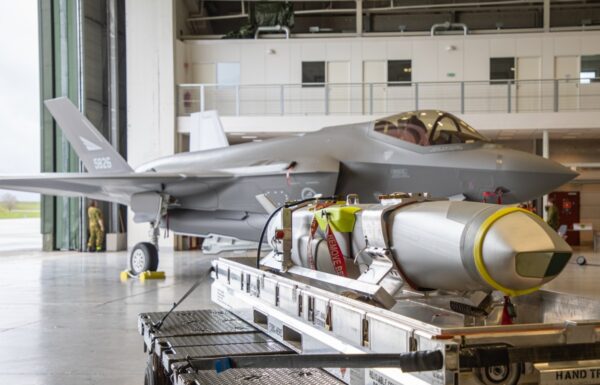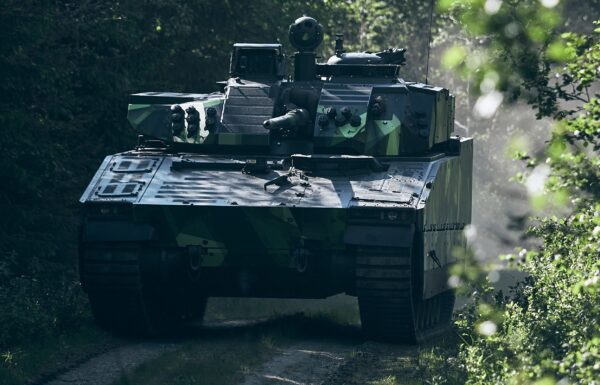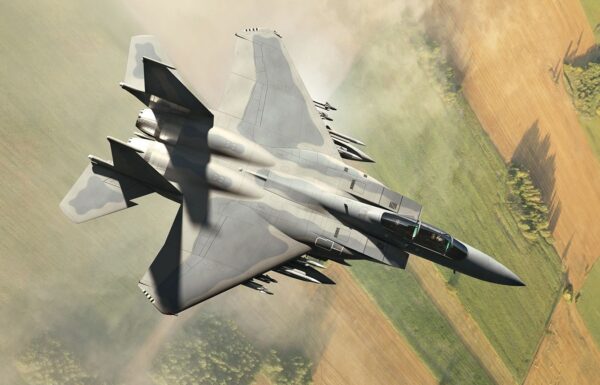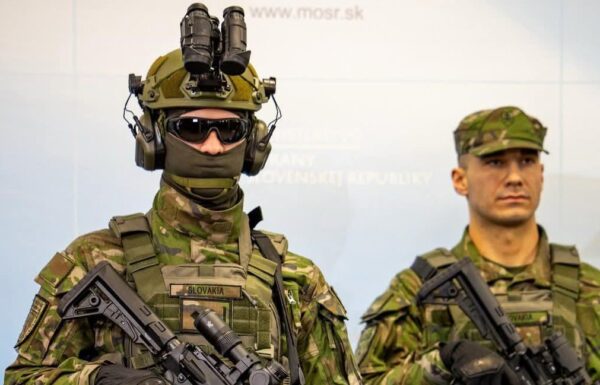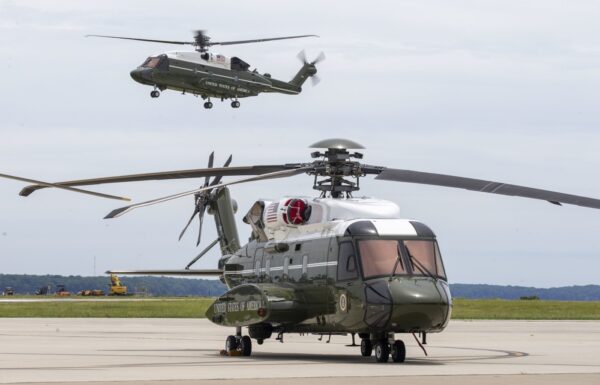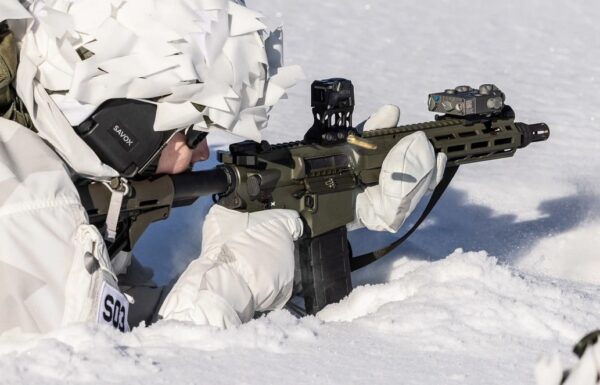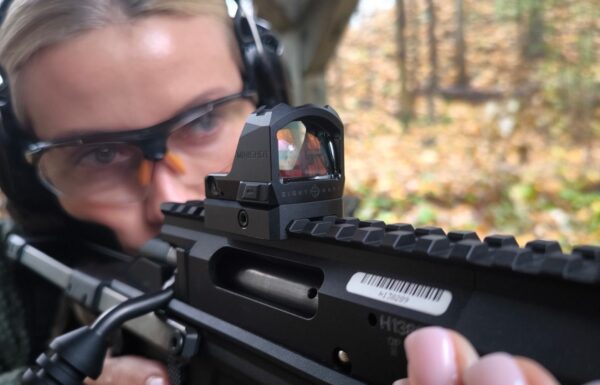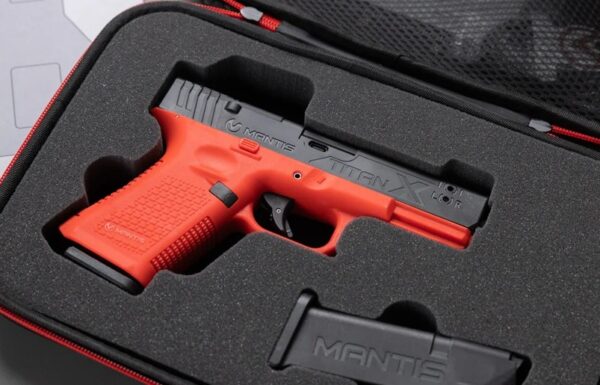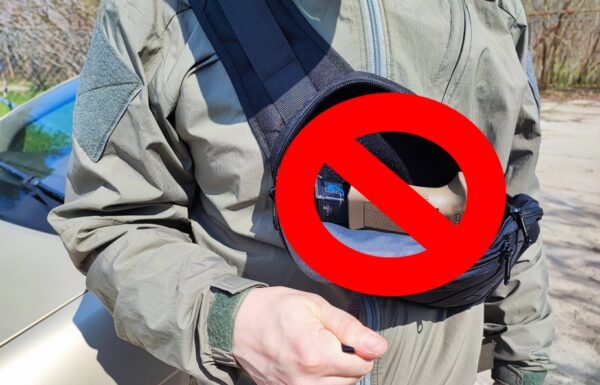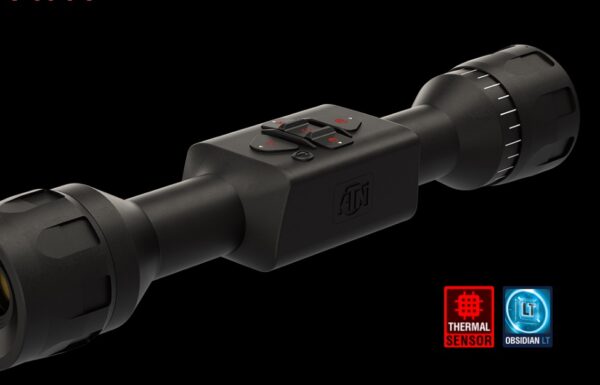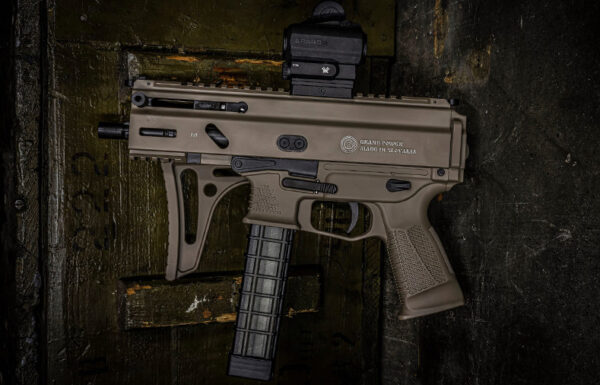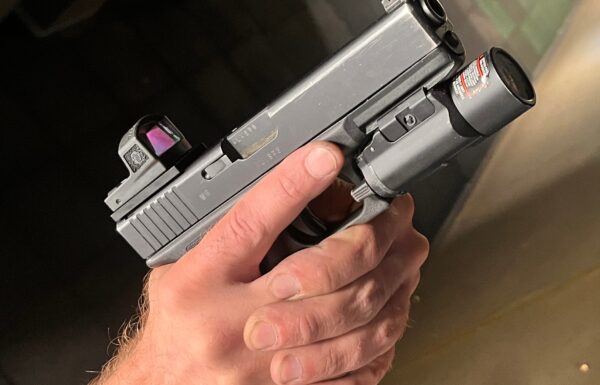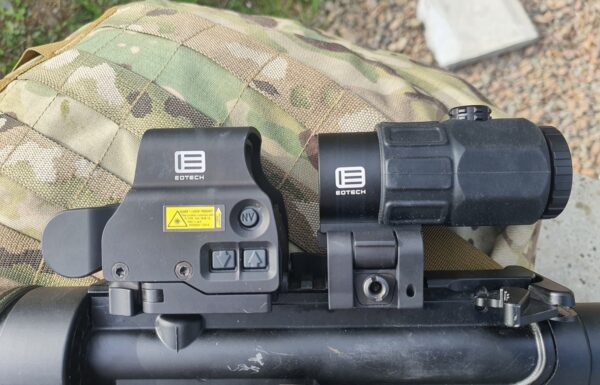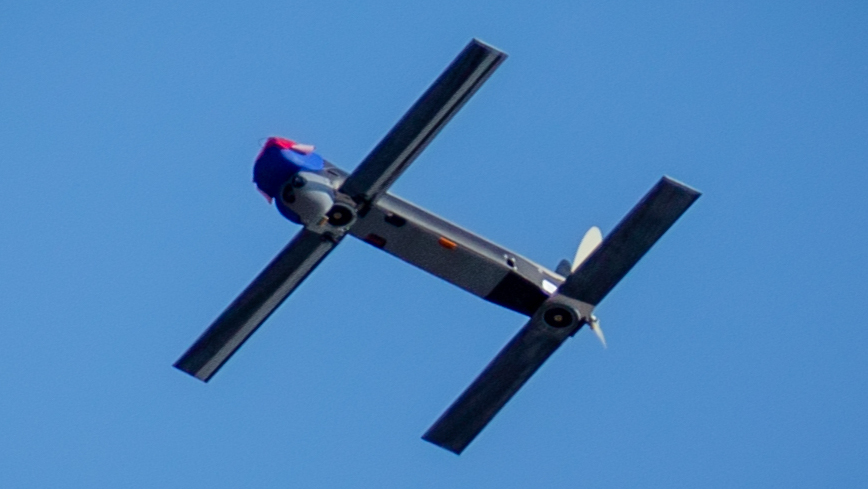At the 32nd International Defence Industry Exhibition MSPO 2024 at Targi Kielce, which will take place from September 3-6, the Kielce-based company Parasnake Arkadiusz Szewczyk will showcase four models of unmanned aerial vehicles from the American manufacturer, AeroVironment Inc.
 T-20 / Photo: AeroVironment Inc.
T-20 / Photo: AeroVironment Inc.
T-20
Launched via a catapult, independent of access to runways, the T-20 fixed-wing unmanned aerial vehicle offers the best-in-class flight endurance of over 24 hours, an operational range of up to 185 km (115 miles), and the capability to operate beyond the line of sight (BLOS) of the operator.
The T-20 is a portable system that can be configured and launched in less than 60 minutes, requiring only a small operational area. With a payload capacity of 22.7 kg (50 pounds), the aircraft is capable of performing multiple missions with fully integrated payload modules, including optoelectronic sensors such as the Cloud Cap TASE 200 and 400 Series, gyroscopically stabilized EO/IR sensors with continuous zoom, onboard GPS/INS, and video processing. Additionally, the T-20 features a common autopilot and ground control system architecture, providing a highly configurable, modular platform that can be tailored to the customer’s operational requirements.
The T-20 has a wingspan of 5.7 meters, a length of 2.9 meters, and a cruising speed of 92.6 km/h (50 knots). Its takeoff weight is 102 kg. The aircraft is powered by a 190 cc gasoline engine with electronic fuel injection (MOGAS), driving a single propeller located at the nose. The maximum altitude is 6,096 meters (20,000 feet).
 Jump 20 / Photo: AeroVironment Inc.
Jump 20 / Photo: AeroVironment Inc.
Jump 20
The Jump 20 is a vertical takeoff and landing (VTOL) unmanned aerial vehicle designed to provide advanced intelligence, surveillance, and reconnaissance (ISR) services with multiple sensors. Offering over 14 hours of flight endurance and an operational range of up to 185 km (115 miles), the Jump 20 is ideal for multi-mission operations.
The system is runway-independent and can be configured and launched in less than 60 minutes without the need for launch or recovery equipment (such as catapults or nets). With a payload capacity of up to 13.6 kg (30 pounds), the Jump 20 offers flexible payload options, such as ARCAM 45D imaging sensors, long-range EO/MWIR infrared sensors, as well as onboard tracking, stabilization, and video processing systems. The aircraft features a common autopilot and ground control system architecture, providing a highly configurable, modular platform that can be tailored to the customer’s requirements.
The Jump 20 has a wingspan of 5.7 meters, a length of 2.9 meters, and a cruising speed of 107.4 km/h (56 knots). Its takeoff weight is 97.5 kg. The aircraft is powered by a 190 cc gasoline engine with electronic fuel injection (MOGAS), which, along with batteries, powers four vertical lift rotors in underwing nacelles and a single propeller located at the nose. The maximum altitude is 5,182 meters (17,000 feet).
On March 1, 2023, the Jump 20 was selected for the second phase of the FTUAS (Future Tactical Unmanned Aerial Systems) program, alongside the Aerosonde Mk. 4.8 Hybrid Quad from Textron Systems Corporation.
 Switchblade 600 / Photo: AeroVironment Inc.
Switchblade 600 / Photo: AeroVironment Inc.
Switchblade 600
This is a loitering munition developed under the Army Single Multi-Mission Attack program. The Switchblade 600 has a range of over 40 km (which can be extended to over 90 km) and a flight endurance of more than 40 minutes. The system weighs 54.4 kg, with the aircraft itself weighing 22.7 kg, carrying a warhead based on the FGM-148 Javelin anti-tank missile warhead. It is equipped with a 4-sensor optoelectronic guidance system and is controlled via a tablet. The cruising speed is 112 km/h, while the attack speed reaches 185 km/h. It can attack targets from above in top attack mode.
It is used by the armed forces of the USA, Ukraine (as military aid), and Lithuania.
Switchblade 300
This is a smaller variant of the Switchblade 600, which has been implemented in two sub-versions: Block 10C and Block 20.
The first variant (Block 10C) is 610 mm in length and weighs 2.7 kg. After launch, it can remain airborne for 10 minutes and fly up to 10 km away from the operator. The maximum flight speed is 157 km/h. It is equipped with a day and infrared camera as well as a GPS locator. The warhead it carries has the explosive equivalent of a 40 mm grenade. Communication with the operator is facilitated through a Digital Data Link (DDL) module. A single Switchblade 300 can be launched by one soldier. A multi-pack launcher (MPL) weighing 73 kg has been developed, containing 6 tubes for individual loitering munitions ready for use (the design allows for scaling from 2 to 20 tubes).
The second sub-version (Block 20) offers an extended flight time of up to 20 minutes and an improved DDL link range. It is equipped with a panoramic camera set, both day and infrared, providing real-time imagery. The weight of the munition has been increased to 3.6 kg. The drone can transmit intelligence information, such as the GPS coordinates of targets.
In addition to the USA, the United Kingdom and France have also decided to purchase the Switchblade 300. It has been sent to Ukraine as military aid, and recently, Taiwan and Australia received approval to purchase it. The estimated cost of a single drone is between 90,000 and 120,000 USD.


